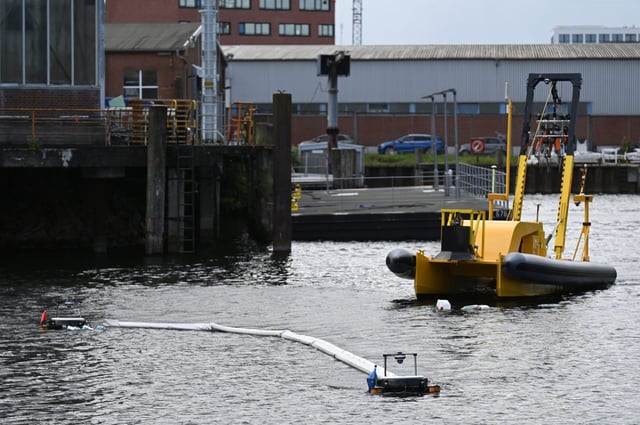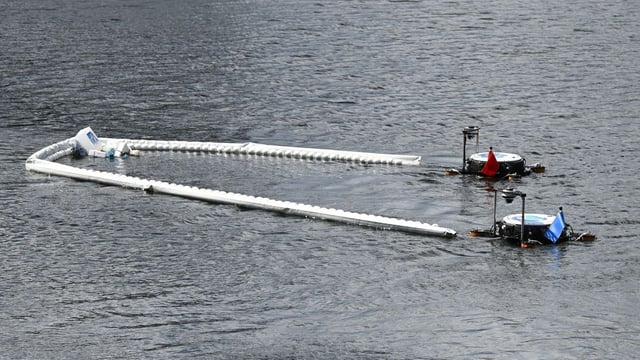Overview
- SeaClear2.0, an EU-funded project, integrates AI-controlled drones, underwater and surface vehicles, and a grab arm to autonomously detect, classify, and retrieve marine litter.
- The system underwent its first successful field test on May 21, 2025, in Hamburg’s Harburger Werfthafen, removing items like an automotive tire from the seabed.
- This initiative builds on the original SeaClear project (2019–2023) with enhanced capabilities, including a robust grab arm for larger debris and a support boat to transport collected waste ashore.
- Fraunhofer CML, the Technical University of Munich, and the Hamburg Port Authority are collaborating on the project, which is backed by an €8 million EU grant.
- Future plans include scaling up SeaClear2.0 for broader deployment across diverse marine environments to address the estimated 25 million tonnes of plastic waste polluting the oceans, over 90 percent of which resides on the seabed.

